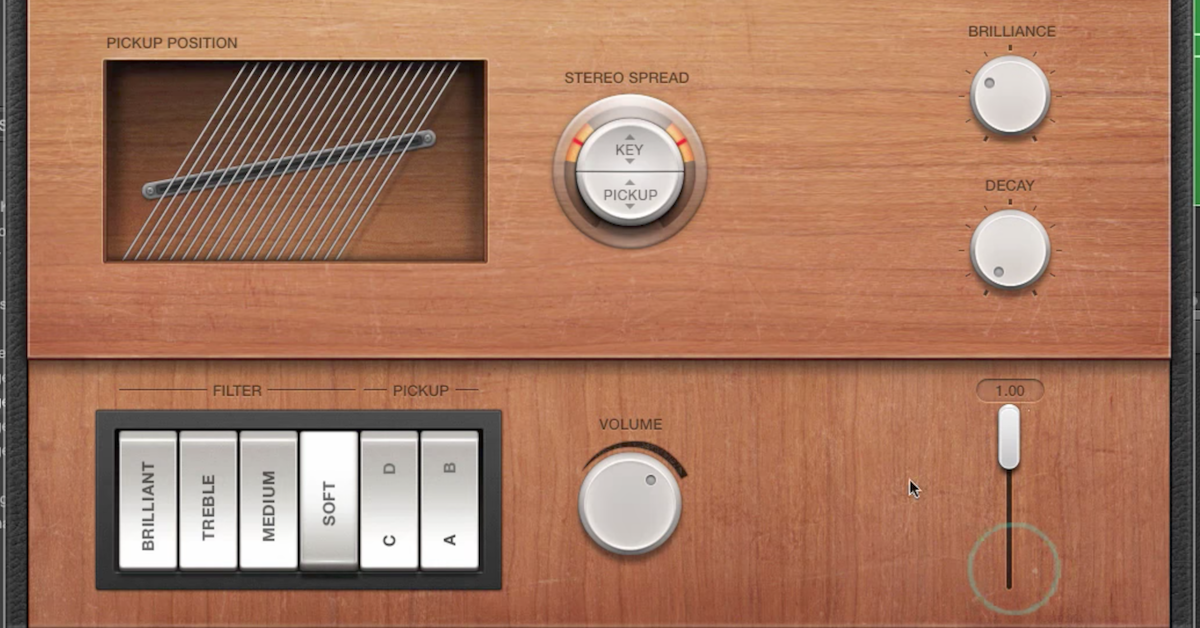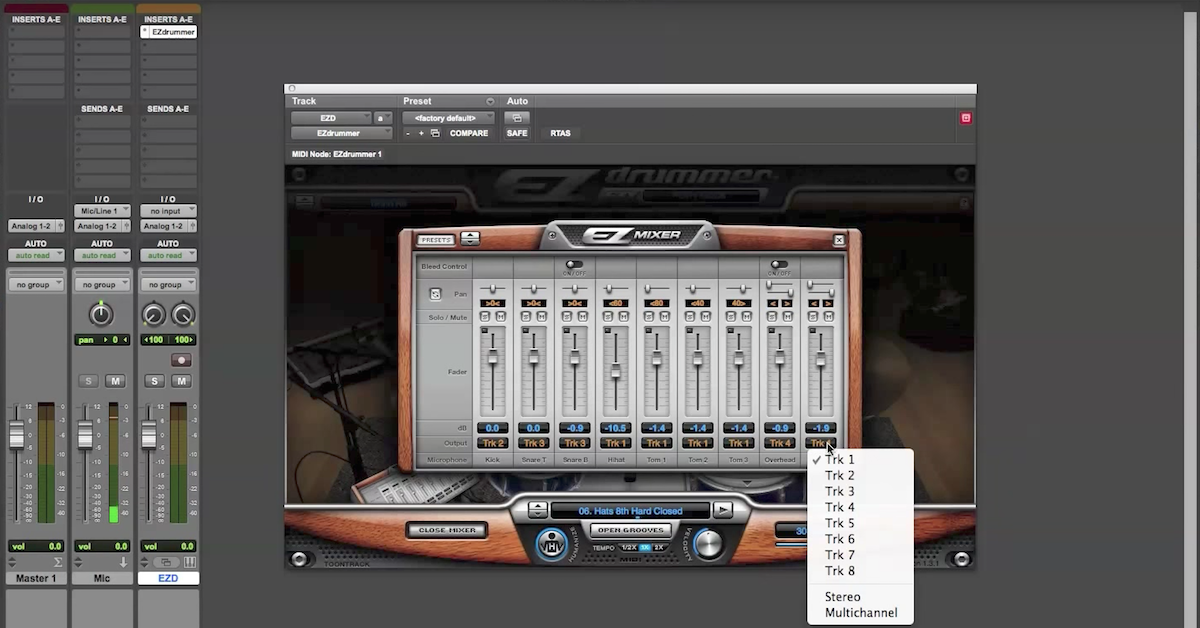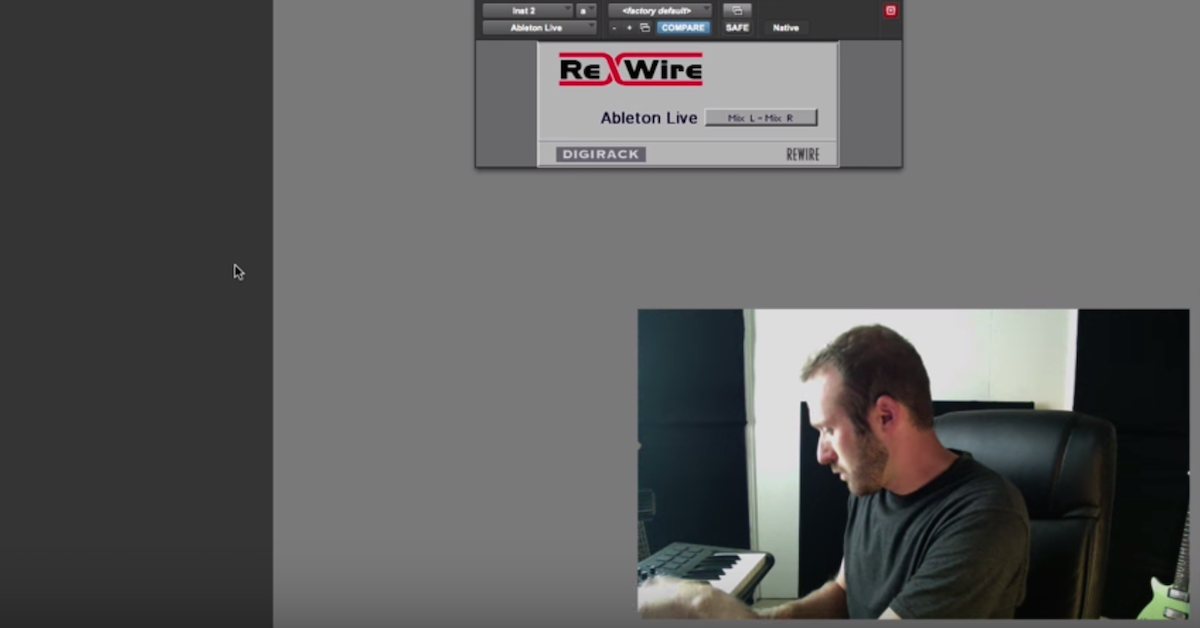The Virtual Vintage Studio Challenge
Article Content
One of the problems working in the virtual world is the way we consume plugins. It’s so easy to keep adding them to our collection.
One of the issues is that we sometimes don’t spend enough time with each plugin to fully get to know them. We also don’t always build a cohesive sound.
History
A lot of the studios that the greatest records came from didn’t have every possible piece of gear. They choose what was necessary and a few luxuries.
Why should the virtual studio be any different? Just because we can?
The Challenge
I’m going to propose a challenge to all you DAW engineers. Try building a virtual vintage studio setup for a session. You can pick a decade, but you have to select the gear that would be available at that time.
That means thinning out your plugins. I’m not suggesting deleting them. I’m suggesting ignoring them for a while. Give them a timeout.
I’m trying this exact challenge right now. I’m building an early 1970’s virtual studio. I’m doing this with the help of UAD plugins. You can use whatever brand of plugins you like.
Logic Tip
In Logic, we can even create a submenu in our plugins list. Let’s create one and call it “Vintage Studio.” Now place all of the gear … I mean plugins you chose for your studio in that subfolder.
Try to use restraint here. I know you think you need more. We always do. Working with less can actually improve your recordings though. Would I lie? Maybe, but I’m not right now.
If I were a Carpenter
If I were to walk into an early 70’s high-end studio, I know I’d find a tape machine. My first plugin is going to be the Studer A800.
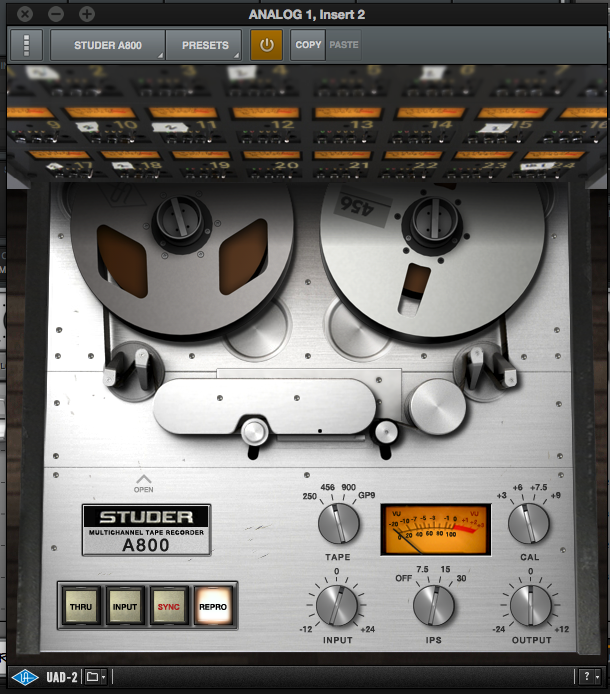
EQ
What is the likelihood that studios had 8 options for EQ in 1972? Unlikely. I’m going to settle on three for tracking.
Helious 69
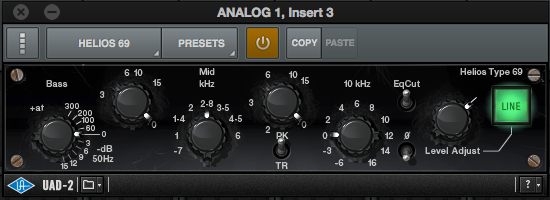
Neve 1073
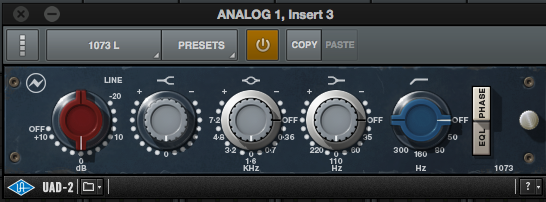
Pultec EQP-1A
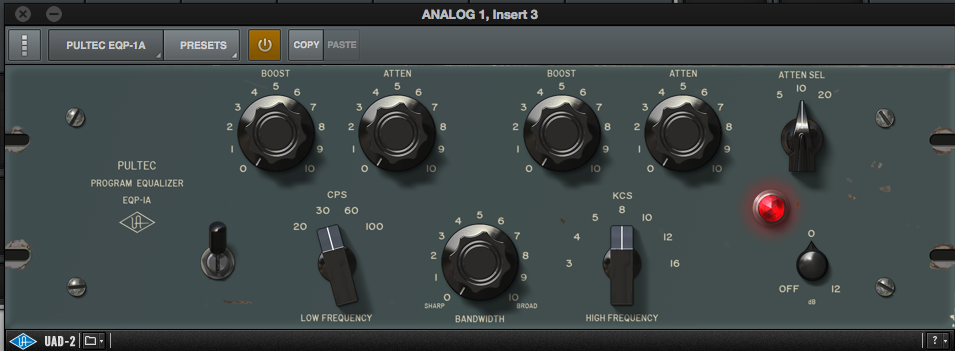
In my mind, I’m pretty much building a Neve studio with some extras. I’m already kinda breaking my rule. But, we gotta have a little candy.
Compression
I suppose if a studio had a lot of money around this time they could afford three compressors. I’m going to pretend my studio has deep pockets.
Teletronics LA2A
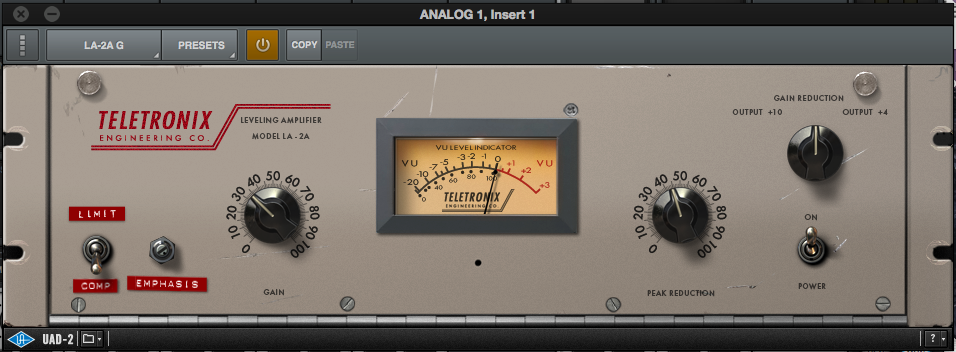
UA 1176

Fairchild 670
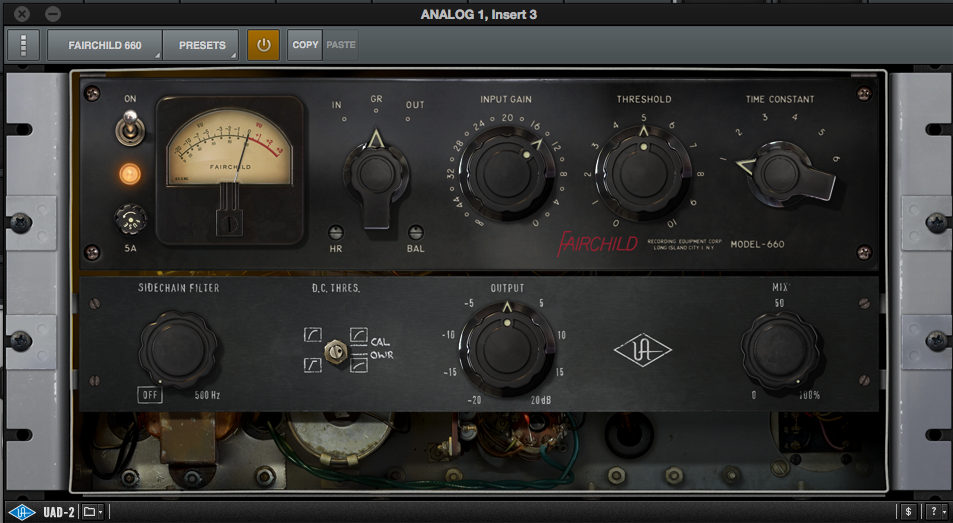
Preamps
Studios didn’t used to have racks of preamps. They had a mixing board. This is a big part of getting a cohesive sound. Everything ran through that board. Watch the movie Sound City.
It shouldn’t be underestimated how important this glue is. In today’s world, a lot of recordings are mix and match. Most can’t afford a Neve console.
I’m going to use two preamps with the Apollo and the Unison technology.
Neve 1073
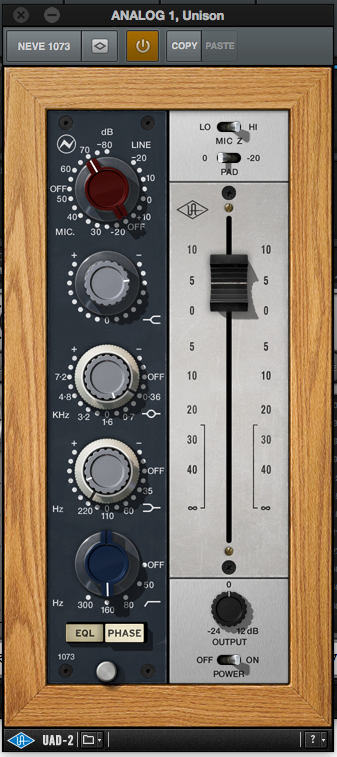
UA 610
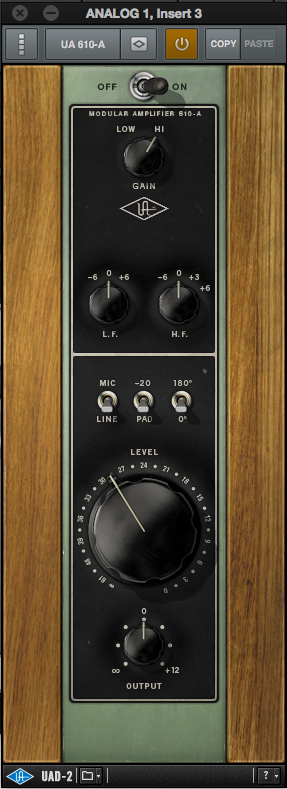
Reverb
Plates were really popular at this time. I happen to love plates. I’m going to use only one reverb in my virtual studio.
EMT 140
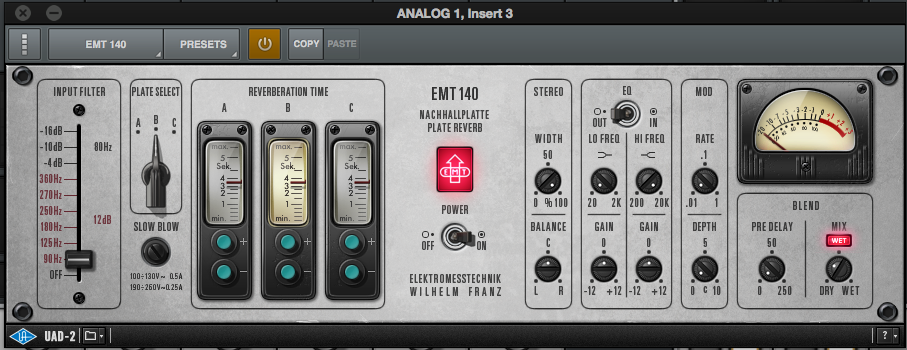
Delay
I’m a self-confessed tape delay junkie. The EP34 is going to handle all of my delay.
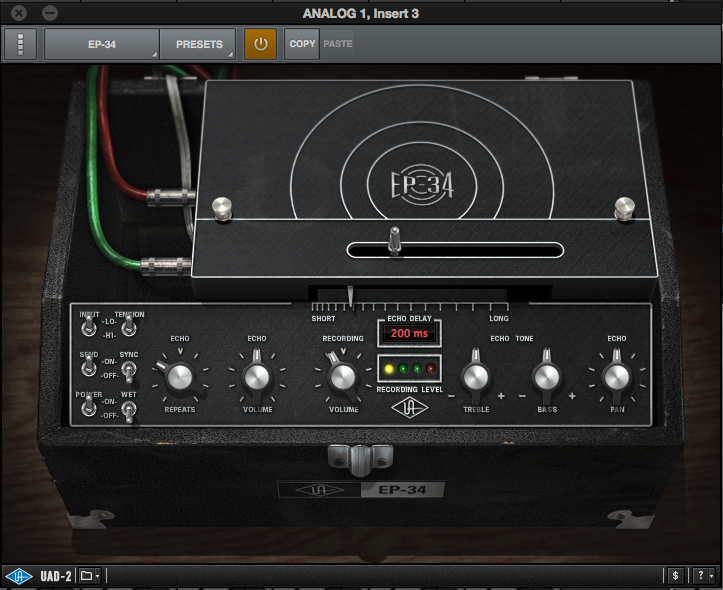
Child’s Play
I know right now some of you think this is silly. You kids and your deep plugin menus.
They didn’t have nearly as much gear in Abby Road as most DAW’s have.
Learn
What should you expect from this exercise? You get really close and comfy with each plugin. You’ll find ways to make it work that you probably would have passed over.
You’ll hear a continuity to your recordings/mixes that you might’ve been lacking.
Strip Mall
Wouldn’t it be cool if Universal Audio came out with channel strips with setting from specific eras? How about England 1970? They would have a preset with Tape formula, associated mic pre, EQ and Compressor? Food for thought.
One of the cool things about the Apollo is it really can allow you to build a time specific selection of plugins. You could easily do the same thing with the 80’s.
Get in deep with the plugins. Record every track this way. You’re going to want to cheat. I encourage you not to. Remember, Santa knows everything. You wouldn’t want to receive one less package from Vintage King next holiday season, would you? Of course not.
Give it at least a week if you record daily. Don’t compare to the mixes or sessions on day 1. Let’s save that for day 7. Again, no cheating. Just get in there and make great sounds.
Results
It’s day 7 and you now have permission to run off some mixes to compare. Play them back to back with other bus mixes that were at the same stage of progress. Don’t compare it with mastered mixes because, duh!!
What do you hear? Does it sound very different? Do you like it more or less? Does everything glue together better?
Different people may have varying results. Everyone has different tastes. Regardless of if you end up sticking to this method, you’ll learn a lot.
Take the challenge and post your results. Do include info about what era and kind of virtual studio you built.




